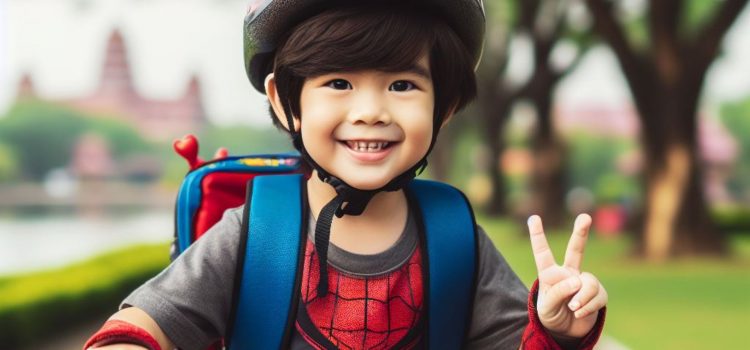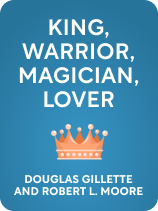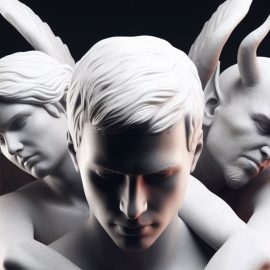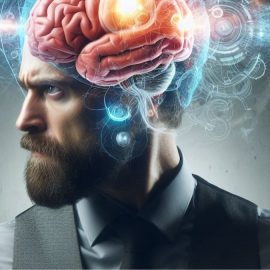

This article is an excerpt from the Shortform book guide to "King, Warrior, Magician, Lover" by Douglas Gillette and Robert L. Moore. Shortform has the world's best summaries and analyses of books you should be reading.
Like this article? Sign up for a free trial here.
What is the Hero archetype, and how does it relate to masculinity? What does the Hero look like in boys?
The Hero archetype is an immature form of the Warrior archetype, a part of the mind responsible for taking action. Because the Hero is immature, it has the drive to accomplish things but lacks self-awareness.
Here’s more on what this part of the psyche looks like and how it behaves.
The Immature Warrior: the Hero
The boyhood form of the Warrior archetype is called the Hero archetype. The main difference is that, whereas the developed Warrior has overcome his fear of hardship and defeat, the underdeveloped Hero has never been afraid in the first place. Someone who’s stuck in the Hero aspect thinks that he’s invincible and his abilities are limitless. As a result, when he does fail (as he inevitably will at some point), that failure is a crushing blow to his self-image and self-esteem.
However, the Hero is the most mature aspect of boyhood psychology. This is because it’s the aspect that tells a boy he’s ready and able to face life’s challenges, become independent, and achieve his goals. As such, it’s also the aspect that’s responsible for a boy breaking away from his parents and making the transition to adulthood. (Shortform note: Here we present the Hero as an aspect of the boyhood psyche and the Warrior as an aspect of the manhood psyche. However, in traditional Jungian psychology, Hero and Warrior are two different names for the same archetype. Also, while the Hero’s drive to overcome challenges is needed for breaking free of childhood and transitioning into adulthood, it’s not the only aspect involved in major life changes. For instance, the Explorer’s goal is to discover how to live a happier and more fulfilling life, and the Rebel seeks to destroy power structures that no longer serve him—such as the parent/child dynamic of boyhood.)

———End of Preview———
Like what you just read? Read the rest of the world's best book summary and analysis of Douglas Gillette and Robert L. Moore's "King, Warrior, Magician, Lover" at Shortform.
Here's what you'll find in our full King, Warrior, Magician, Lover summary:
- Why modern men struggle more with their masculinity than previous generations did
- How a lack of healthy masculinity hurts society
- The two foundational requirements for healthy masculinity






